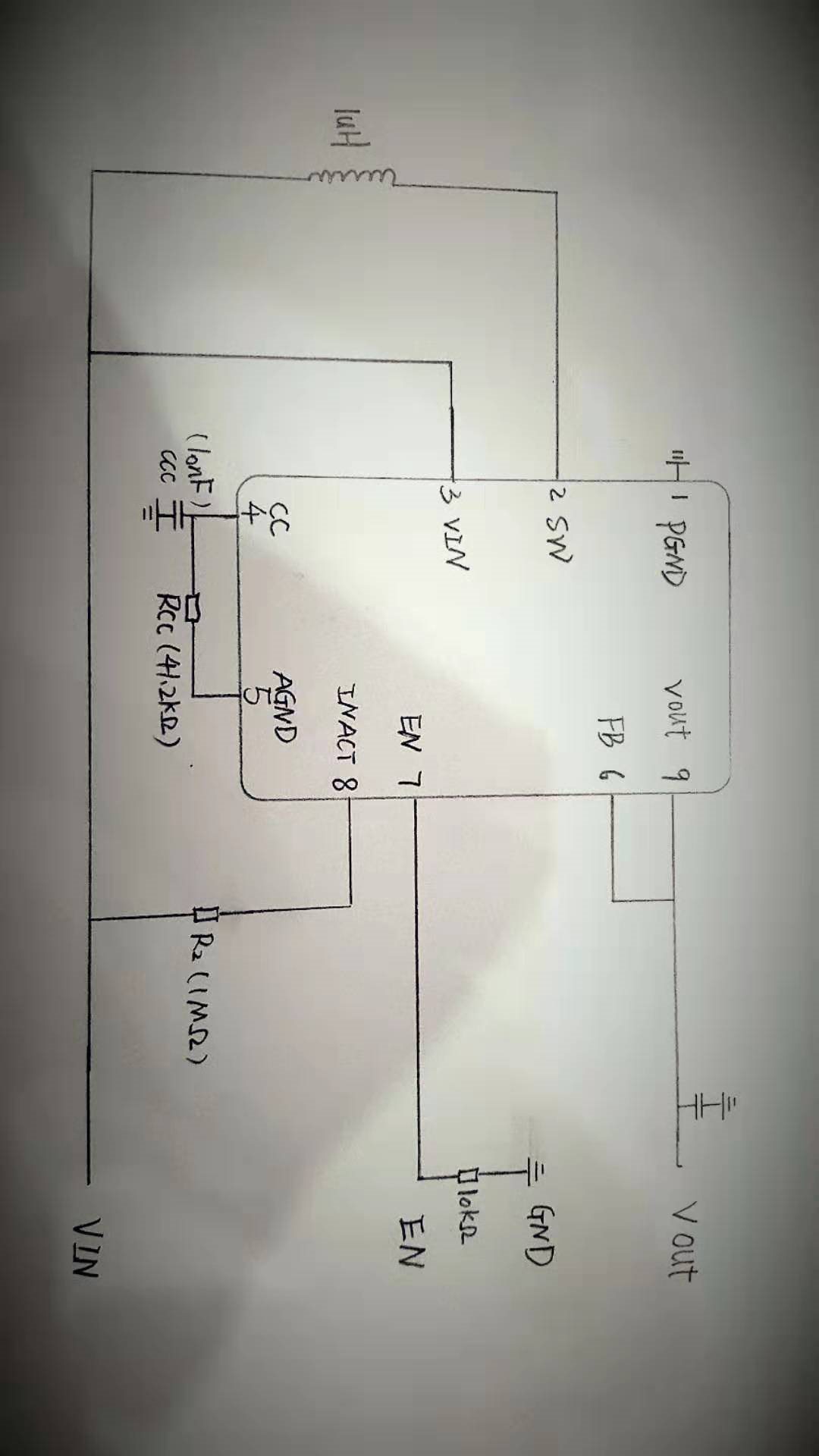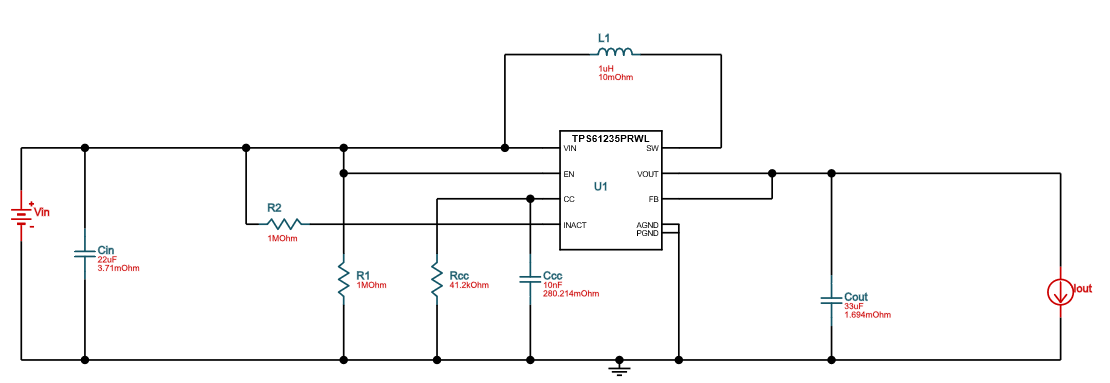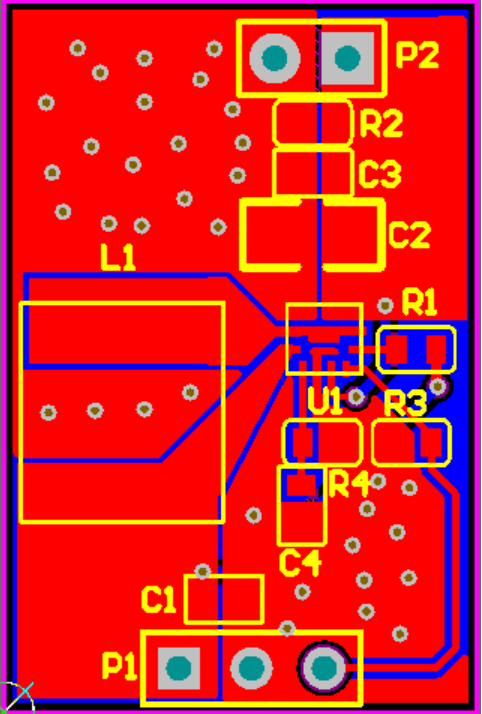Hi,
I am designing a boast circuit with TPS61235P. according to Spec, it can get a Fixed 5.1-V Output Voltage, but I get 5.26V without load.
In addition, when I connect a load with 3A discharge , the Output Voltage declines to 4.5V. (Input Source is 4V, 5A).









